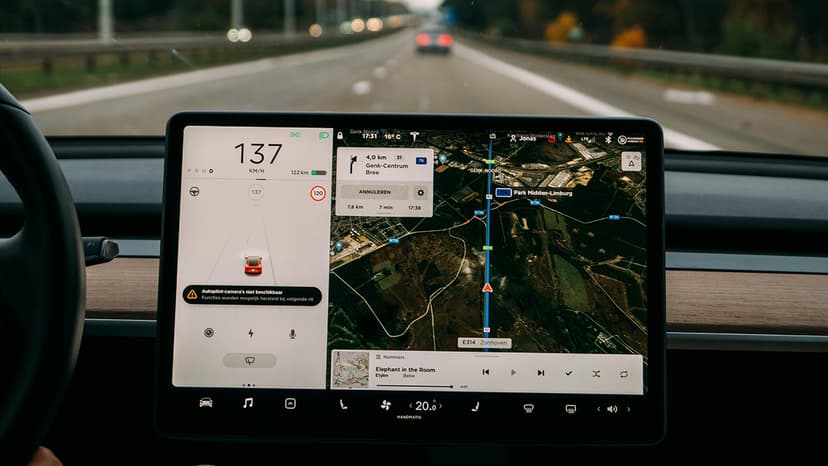What Is LIDAR in Autonomous Driving?
Imagine if cars could magically see everything around them — every pedestrian, every obstacle, every vehicle — and navigate effortlessly without a single error. Well, this isn't Hogwarts, but with LIDAR technology, we're inching closer to making such impeccable navigation a reality in autonomous driving.
What Exactly is LIDAR?
LIDAR stands for Light Detection and Ranging. It’s a remote sensing method that uses light in the form of a pulsed laser to measure distances. These light pulses—combined with other data recorded by the mounted LIDAR system—create precise, three-dimensional information about the shape and surface characteristics of the surrounding environment.
How LIDAR Works in Autonomous Vehicles
LIDAR technology is akin to the echolocation used by bats and dolphins. Just as these creatures emit sounds to communicate and navigate, LIDAR systems emit light waves that bounce off objects and return to the sensor. The time it takes for the light to return is then used to calculate distances.
This technology is mounted on top of autonomous vehicles, such as cars and trucks, forming their "eyes". It continuously spins and paints a 3D map of the environment. This map is extraordinarily detailed, showing objects, structures, and even changes in elevation with incredible accuracy.
The Role of LIDAR in Autonomous Driving
Driving, especially in busy urban environments, involves a complex and dynamic mix of challenges. Autonomous vehicles need to understand their surroundings intricately to move safely and efficiently. This is where LIDAR excels.
Collision Avoidance
One of its primary roles is in collision avoidance. LIDAR helps the vehicle see nearby cars, pedestrians, cyclists, and any other potential obstacles. This ability allows autonomous vehicles to make split-second decisions, such as stopping suddenly if a child runs into the street.
Navigation and Vehicle Control
Furthermore, LIDAR contributes to the navigation system of autonomous vehicles. By providing a continuous stream of exact positional data, it assists in route planning and helps the vehicle understand its position relative to the roads and paths. The technology also supports the vehicle's control system, ensuring it stays within lane markings and adheres to road curvatures.
Enhancing Other Sensors
LIDAR does not work alone; it complements other sensors like cameras and radar. Cameras are effective at detecting colors and reading signs or signals, whereas radar is excellent for measuring speeds. When LIDAR's detailed spatial data is combined with inputs from these sensors, the result is a robust, multi-layer sensor suite that dramatically enhances the vehicle's perception capabilities and reliability.
Advancements and Challenges
The progress in LIDAR technology is rapid. The devices are becoming smaller, more efficient, and more affordable, which is crucial for broader adoption in consumer vehicles. Companies like Tesla and Waymo are pushing the boundaries of what's possible with autonomous vehicles, integrating advanced LIDAR systems to improve safety and functionality.
Nonetheless, the technology isn't without its challenges. Cost has been a significant barrier, although this is decreasing over time. Additionally, LIDAR systems can be affected by environmental factors such as rain, fog, or snow. They can struggle in these conditions because water droplets can distort or absorb the light waves used for sensing.
The Future of LIDAR in Autonomous Driving
With ongoing advancements, the future of LIDAR in autonomous driving looks promising. Researchers are continually finding innovative ways to overcome current limitations. For instance, newer LIDAR units use more resilient wavelengths of light that can better penetrate fog and rain. Also, the integration of AI is improving how autonomous vehicles interpret LIDAR data, leading to smarter and safer decision-making processes in complex driving scenarios.
As autonomous driving technologies evolve, LIDAR is set to remain a key player, helping to create safer roads and less congested cities. Its ability to generate detailed and accurate environmental maps in real time is truly transforming the driving landscape.
While the autonomous driving world is steered by various technologies, LIDAR holds a unique and indispensable place. By enabling vehicles to "see" their surroundings with incredible clarity and precision, it paves the way for a future where cars are not just transport tools but smart companions on the road.












